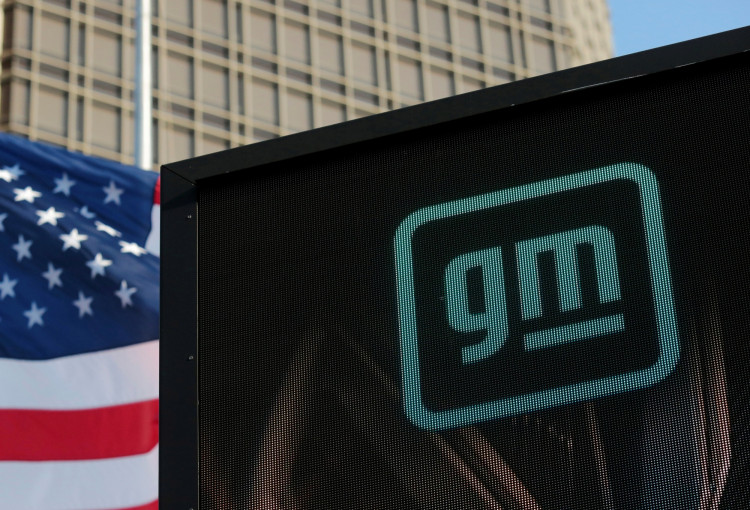General Motors shares surged Tuesday after the automaker raised its full-year profit forecast and reported stronger-than-expected quarterly earnings, aided by lower tariff exposure and robust demand for pickup trucks and SUVs.
The Detroit automaker now expects adjusted earnings before interest and taxes (EBIT) between $12 billion and $13 billion, up from a prior range of $10 billion to $12.5 billion, and adjusted earnings per share of $9.75 to $10.50, compared with an earlier forecast of $8.25 to $10.00. Automotive free cash flow is projected to rise to $10 billion-$11 billion, from $7.5 billion-$10 billion previously.
GM stock jumped more than 11% in premarket trading, its best session in over five years, after the upbeat outlook. "Based on our performance, we are raising our full-year guidance, underscoring our confidence in the company's trajectory," CEO Mary Barra said in a letter to shareholders.
Barra credited recent trade measures for improving GM's position under President Donald Trump's new tariff policy. "I also want to thank the President and his team for the important tariff updates they made on Friday," Barra said. "The MSRP offset program will help make U.S.-produced vehicles more competitive over the next five years."
GM now estimates its tariff costs for 2025 will total between $3.5 billion and $4.5 billion, down from a prior range of $4 billion to $5 billion, with mitigations offsetting about 35% of the impact. The company's third-quarter tariff expense was $1.1 billion after offset programs were applied.
In the three months ended September 30, GM reported:
- Earnings per share: $2.80 adjusted (vs. $2.31 expected)
- Revenue: $48.59 billion (vs. $45.27 billion expected)
- Adjusted EBIT: $3.38 billion (vs. $2.72 billion expected)
"Thanks to the collective efforts of our team, and our compelling vehicle portfolio, GM delivered another very good quarter of earnings and free cash flow," Barra wrote.
Strong U.S. demand for gas-powered models continued to drive results. Sales of the Chevrolet Silverado and GMC Yukon helped propel GM's total U.S. deliveries to 710,347 vehicles in Q3, up 8% year-over-year, marking its best market share since 2017. Incentives remained disciplined at 4% of average transaction price, compared with an industry average of 6.9%.
Electric vehicle sales also reached a quarterly record of 66,501 units, ahead of the expiration of the federal $7,500 EV tax credit. But GM warned of a near-term slowdown in EV growth. "With the evolving regulatory framework and the end of federal consumer incentives, it is now clear that near-term EV adoption will be lower than planned," Barra said.
The company recorded a $1.6 billion special charge to reassess its EV strategy, including $1.2 billion in non-cash adjustments to EV capacity and $400 million in contract-related costs. CFO Paul Jacobson told CNBC that only about 40% of GM's EVs are currently profitable on a production basis. "We continue to believe that there is a strong future for electric vehicles," he said, "but we do have some structural changes that we need to do to make sure that we lower the cost of producing those vehicles."
GM's North American business earned over $2.5 billion in adjusted profit, though margins slipped to 6.2%, down from 9.7% a year earlier. Barra said GM's "top priority" remains restoring margins to 8%-10% through improved EV economics, cost controls, and tariff management.
International operations provided a modest boost: GM's China profits rose by $217 million, while other overseas markets contributed $184 million more than a year earlier. Its lending arm, GM Financial, posted a 17% increase in adjusted earnings to $804 million.






